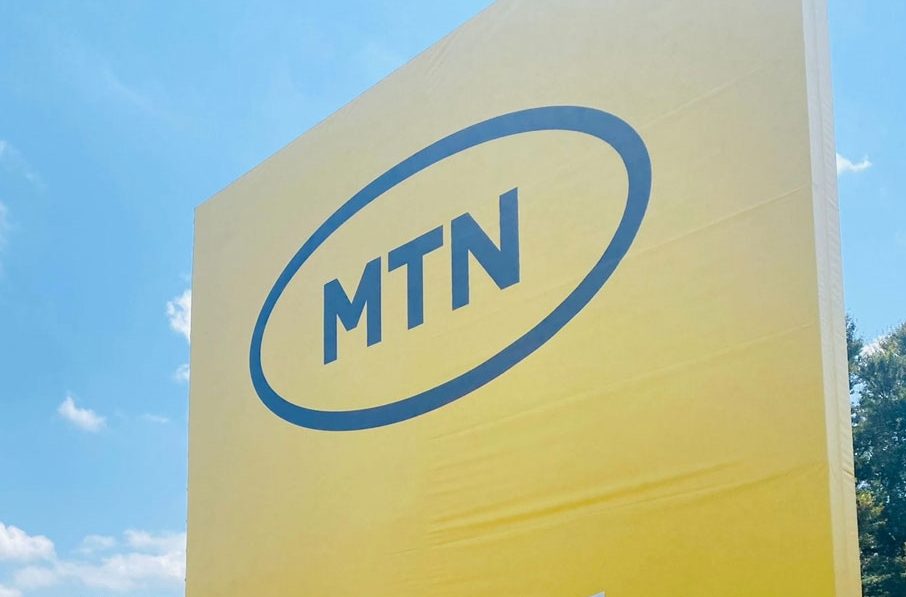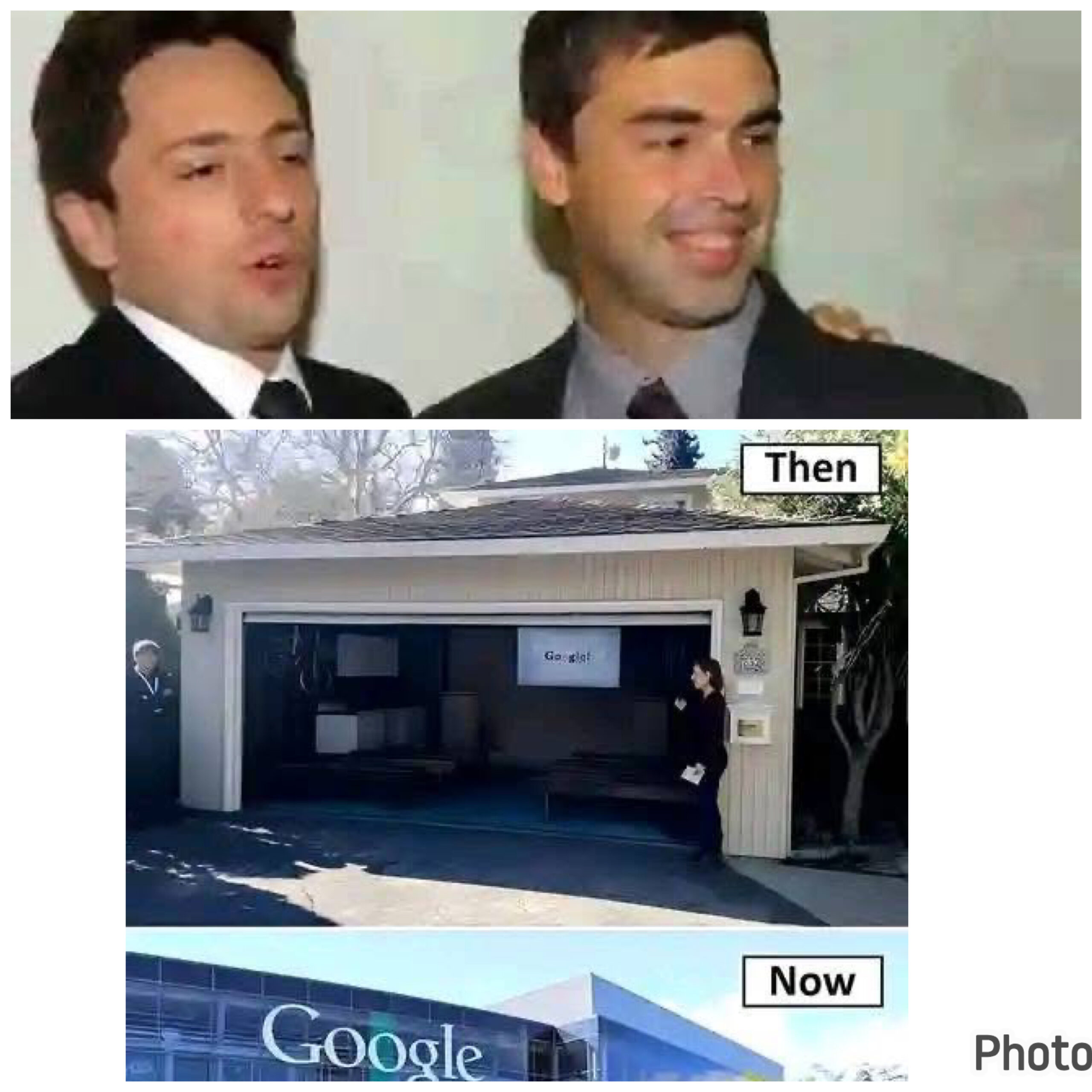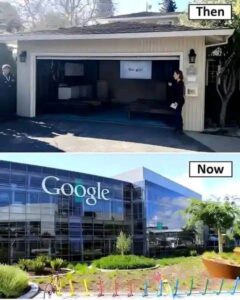Tech
Undersea Cable cut: Network Services successfully restored, says MTN
Published
1 year agoon
By
Ekwutos Blog
Following subsea cable disruptions on Thursday, Bayobab Group, a subsidiary of MTN Group, has announced the successful restoration of its operations.
The telecom operator disclosed this in a statement on Tuesday.
MTN said that despite the challenges presented by the cable disruptions, its subsidiary demonstrated its capabilities by swiftly recovering over 3 Terabits per second (Tbps) of capacity across its footprint.
Through efficient rerouting of traffic and the activation of new cables, the company has bolstered its network resilience, ensuring the continuity of services for its customers, the operator stated.
The statement reads, “As of March 19, 2024, Bayobab Group, a subsidiary of MTN Group, has successfully restored its operations, recovering over 3 Terabits per second (Tbps) of capacity across our footprint.
“Although the recent subsea cable disruptions on 14 March 2024 presented challenges, we have demonstrated our capabilities to maintain a resilient network and efficiently reroute traffic.
“Throughout this challenging period, we prioritised the restoration of services by swiftly activating new cables to increase inter-connectivity and establish alternative routes, thereby bolstering our network resilience.
“This approach solidifies our commitment to prioritising network reliability and our dedication to connecting Africa and our customers as quickly as possible, marking the final stretch toward connecting all our valued customers.
“Bayobab’s ecosystem facilitates secure and scalable global traffic within Africa and the rest of the world serving 19 MTN markets, third-party Mobile Network Operators, Technology corporations and other Telecoms Service Providers,” the company stated.
Last Thursday, cuts to the undersea cable supplying broadband Internet connectivity to Nigeria and countries in the West African sub-region forced many banks, financial institutions, telecom companies, and allied firms to scale down their operations.
The cable companies affected include the West African Cable System and African Coast to Europe on the West Coast route from Europe, both of which have experienced faults. Additionally, SAT3 and MainOne have reported downtime due to the cable cut.
Over the weekend, the telcos, banks, and other financial institutions rerouted their traffic to alternative service providers in a move to mitigate the impact of the disruption.
On Monday, the Nigerian Communications Commission announced earlier in a statement that services had been restored to approximately 90 per cent of their peak utilisation capacities.
The statement reads, “Following the disruption on March 14, 2024, which affected data and voice services due to cuts in undersea fibre optics along the coasts of Cote d’Ivoire and Senegal, we are pleased to announce that services have now been restored to approximately 90 per cent of their peak utilization capacities.”
Earlier, the Chairman of Association of Licensed Telecommunications Operators of Nigeria, Gbenga Adebayo, had told EKWUTOSBLOG that services would be fully stored today.
The chairman said, “From the progress we have seen, services will be restored completely tomorrow. We are almost there. There are many submarine cables routed to Nigeria. Some are routed through the Ivory Coast and Senegal.
Others are routed in other directions. So, that incident was an incident affecting that particular route.
“The other operators not following that route were not affected. So, they improvised an alternate route. It could have also been the other way, with other people routing their traffic the other way. It’s actually a common thing in network planning.”
You may like
Tech
Trading platform users deny crash claim
Published
54 minutes agoon
April 13, 2025By
Ekwutos Blog
Some users of CBEX, a digital asset trading platform, have dismissed trending reports that it has crashed.
This comes amid concerns over the operations of the platform, with some users warning that it showed signs of being a Ponzi scheme.
Our correspondent gathered that there are growing concerns about the platform’s stability, with many users fearing that their money is now stuck.
While some warned that CBEX could be a potential Ponzi scheme on the brink of collapse, others continued to defend the platform, insisting it remained a legitimate operation.
An X user, Viktor Benson (@viktorbensonyt), claimed that some users had been logged out of their accounts and might not be able to retrieve their money.
The post read, “You need to go to the platform to download the app and you tell yourself that platform is legit. Now you have put money and the website has crashed, and you can’t withdraw. Although people are saying that it is a temporary issue and I like being optimistic that by Monday one will be able to withdraw. Let us wait till Monday; hopefully, you can withdraw your money.”
Meanwhile, another X user, @BlessedAjoke, countered the crash claims, saying, “CBEX is still working perfectly, just that you can’t withdraw until the 15th of April. You people should stop spreading fake news. Stop giving people heart attacks nah.”
Another user, @0kparam, criticised those celebrating the platform’s possible collapse.
“Y’all are acting like CBEX crashing makes you financial sages. Nah, it just makes you bitter haters… Ponzi, yen yen yen. Just stfu, coward,” he wrote.
Speaking to Sunday Ekwutos, three other users confirmed that the platform was still functioning, although withdrawals were currently not possible due to the platform’s rules and regulations.
One of the users, Sodiq Dayo, said he was still actively trading on the platform and noted that the issue with withdrawals would be resolved by Tuesday.
“The platform is still working. The reason why the withdrawal is not functioning at the moment is because of some rules and regulations of the platform, and this will be resolved by Tuesday,” he said.
Another CBEX user, Alli Lanre, stated that as long as users could access the platform, there was no issue.
He advised users not to worry or develop hypertension over rumours of the platform’s crash.
Gbenga Adeboye, another user, expressed both optimism and pessimism, saying, “Basically, no one can withdraw unless the trading volume is completed. However, they promised the whole issue would be over by the 15th.”
Reacting to the issue, a financial expert, Aliyu Ilias, noted a regulatory gap in monitoring online financial businesses in Nigeria.
He stressed the need for continuous oversight from the National Information Technology Development Agency and the Central Bank of Nigeria to discourage unclear financial investments, whether Ponzi schemes or otherwise.
Ilias said, “Nigerians should be cautious of quick-income platforms that could crash at any point in time. The government has a responsibility to fish out the sponsors of these Ponzi platforms, even if they are operating in the cloud.”
A cryptocurrency expert, Kayode Olagunju, also emphasised that Ponzi schemes like CBEX should not be encouraged in the country.
He added that it was shameful that Nigerians continue to fall victim to scams despite the education and warnings provided by crypto experts.
“It is a slap in the face of intellectuals who have written so many articles and guides to help people with zero knowledge about cryptocurrencies. Crypto is vast; it is in the same class as the stock market,” he said.
Checks by our correspondent on the official website of the trading platform revealed that it remained accessible.
However, messages sent by Sunday Ekwutos to the email address listed on the CBEX website were undeliverable at the time of filing this report.
Tech
GOOGLE’S $2 TRILLION STORY: FROM HUMBLE BEGINNINGS TO GLOBAL DOMINATION
Published
59 minutes agoon
April 13, 2025By
Ekwutos Blog
Imagine two young men, Larry Page and Sergey Brin, sitting in a Stanford dorm room, fueled by determination and a vision to make the internet more useful. It’s 1996, and they’re about to change the world forever. But, nobody believes in them… yet.
40 rejections , they’re still standing. Then, a surprise investor, Andy Bechtolsheim, throws them a lifeline – a $100,000 check. No strings attached.
Fast forward to 2000, Google launches AdWords, and the game changes. By 2004, Google’s IPO raises $1.67 billion, leaving skeptics stunned. Today, Google’s valuation is a staggering $2 trillion, with:
– Revenue hitting $350 billion (up 14% from 2023)
– Net income of $100.1 billion (35.7% YoY jump)
– 90% search dominance
– 71% smartphone rule via Android
– YouTube’s 2.7 billion addicts
– 75% of cash flow still coming from ads
But, here’s the thing: Google’s success isn’t just about technology; it’s about understanding human behavior. They’ve mastered the art of giving us what we want – instant answers, convenience, and connection.
So, what’s the takeaway? Stubbornness, creativity, and a willingness to take risks can lead to game-changing innovations.


The next trillion-dollar idea? Probably in some kid’s half finished GitHub repo.
The question is, will you recognize it?
Tech
The 50-year-old code that reshaped the world: Bill Gates on the ‘revolution’ that started Microsoft
Published
1 week agoon
April 4, 2025By
Ekwutos Blog
Even as he grows older, Microsoft founder Bill Gates still fondly remembers the catalytic computer code he wrote 50 years ago that opened up a new frontier in technology.
Although the code that Gates printed out on a teletype machine may look crude compared to what’s powering today’s artificial intelligence (AI) platforms, it played a critical role in creating Microsoft in April 1975 – a golden anniversary that the Redmond, Washington, company will celebrate on Friday.
Gates, 69, set the stage for that jubilee with a blog post reminiscing on how he and his old high school friend – the late Paul Allen – scrambled to create the world’s first “software factory” after reading an article in the January 1975 issue of Popular Electronics magazine about the Altair 8800, a minicomputer that would be powered by a tiny chip made by the then-obscure technology company, Intel.
The article inspired Gates, who was just a freshman at Harvard University, and Allen to call Altair’s maker, Micro Instrumentation and Telemetry Systems, and promise the company’s CEO Ed Roberts they had developed software that would enable consumers to control the hardware.
There was just one hitch: Gates and Allen hadn’t yet come up with the code they promised Roberts.
‘The coolest code I’ve ever written’
Gates and Allen tackled the challenge by latching onto the BASIC computer language that had been developed in 1964 at Dartmouth College, but they still had to figure out a way to make the technology compatible with the forthcoming Altair computer, even though they didn’t even have a prototype of the machine.
After spending two months working on the program with little sleep, Gates finished the code that became the basis for the Altair’s first operating system.
“That code remains the coolest I’ve ever written,” Gates wrote in his blog post, which includes an option to download the original programme.
The code would go on to provide the foundation for a business that would make personal computers a household staple, with a suite of software that includes the Word, Excel, and PowerPoint programs, as well as the Windows operating system that still powers most PCs today.
“That was the revolution,” Gates said of the code in a video accompanying his post. “That was the thing that ushered in personal computing”.
Gates’ recollection of the code is part of a nostalgic kick that he has been on this year as he prepares to turn 70 in October.
The trip down memory lane included the February release of a memoir exploring his early years as an often-misunderstood child with few friends and a hailing of the 25th anniversary of the philanthropic foundation he created after stepping down as Microsoft’s CEO in 2000.
The tech giant initially stumbled after Gates’ departure but has been thriving under CEO Satya Nadella, and has amassed a market value of about $2.8 trillion (€2.5 trillion).
In his memoir, Gates also reflected on his tempestuous relationship with fellow PC pioneer, the late Apple co-founder Steve Jobs, whose company will be celebrating its golden anniversary next year.
“Fifty years is a long time,” said Gates, whose personal fortune is estimated at $108 billion (€98 billion). “It’s crazy that the dream came true”.
If you are afraid of insecurity in your village to the extent you cannot live or operate from there, then you are not qualified to answer a Dibia, Ezenwanyi, Nze, Obi, Ezeani, Igwe.- Nze Tobe Osigwe

Abuja mother dumps baby by roadside

Trading platform users deny crash claim
Trending

 Trending6 months ago
Trending6 months agoNYA demands release of ‘abducted’ Imo chairman, preaches good governance
- Business6 months ago
US court acquits Air Peace boss, slams Mayfield $4000 fine

 Politics6 months ago
Politics6 months agoMexico’s new president causes concern just weeks before the US elections
- Entertainment6 months ago
Bobrisky transferred from Immigration to FCID, spends night behind bars
- Entertainment6 months ago
Bobrisky falls ill in police custody, rushed to hospital

 Politics6 months ago
Politics6 months agoRussia bans imports of agro-products from Kazakhstan after refusal to join BRICS

 Politics6 months ago
Politics6 months agoPutin invites 20 world leaders
- Politics1 year ago
Nigerian Senate passes Bill seeking the establishment of the South East Development Commission.

